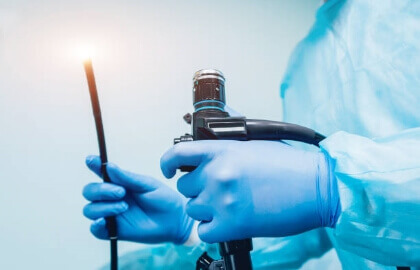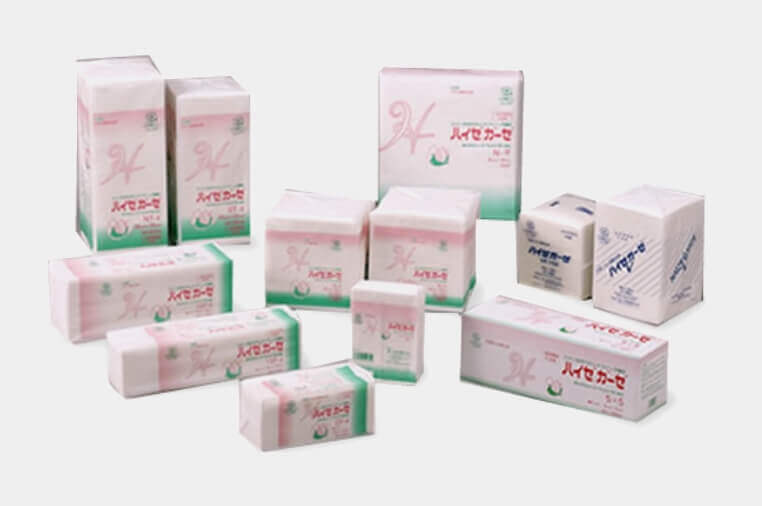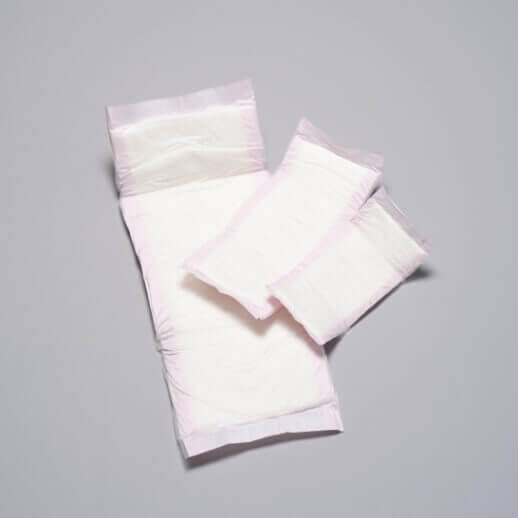-

-
Success Story | Vol.1
Endoscope wipes
- Read more
-
Who
This product is the result of cooperative engagement among healthcare workers, the sanitary material manufacturer that is the authorized sales representative for Haize Gauze, the original gauze manufacturer and Asahi Kasei. It all started with a full immersion into the demanding cleaning specifications required by the specialists who guide infection prevention in hospitals, to help define the appropriate and efficient cleaning tools they need.
What

Endoscopes are precision instruments that are in contact with mucous membranes. Despite that, at the time of this product’s development there were no unified protocols for the post-use cleaning of endoscopes and each medical institution applied their individually developed cleaning protocols. Endoscope manufacturers recommended the use of dedicated fully automatic cleaning equipment, but with over an hour required to clean just one endoscope, medical institutions predominantly adopted their own simplified methods. As a result, the surface of the scope was simply wiped down with alcohol before the next examination, recycled gauze or cotton towels were used, multiple scopes were being wiped with the same sheet, and instead of cleaning after each use, the scopes were mass cleaned after examination hours had finished. The need to enlighten the endoscopy community with the superiority of endoscope wipes made with Bemliese™ used in conjunction with the appropriate cleaning methods was clear. We conducted nationwide infection management lectures with endoscopists to demonstrate proper cleaning of their equipment.
Why Bemliese™?

Because Bemliese™ has high absorbency and minimal fiber loss and absorbs the cleaning fluid well, no lint is left behind, and thus is an ideal material for an endoscope cleaning cloth. The interior of the endoscope is hollow, so that if material with a high lint content is applied, the lint residue accumulates during wiping. The lint residue is organic, becoming a nutrient source for bacteria and viruses and creating a breeding environment for them. Moreover, this could lead to malfunctions of the costly instruments.
The Challenge We Welcomed
With the cooperation of nurse practitioners and hospitals, Asahi Kasei produced a manual on cleaning procedures. We promoted this directly to medical facilities and conducted nationwide lecture programs for nurse practitioners where product information was disseminated. Subsequently, the Japan Endoscope Association’s Endoscope Disinfection Methodology Guidelines 2003 was revised to reflect nearly completely the content of our lecture program. Currently, many hospitals are using this endoscope wipe.



























